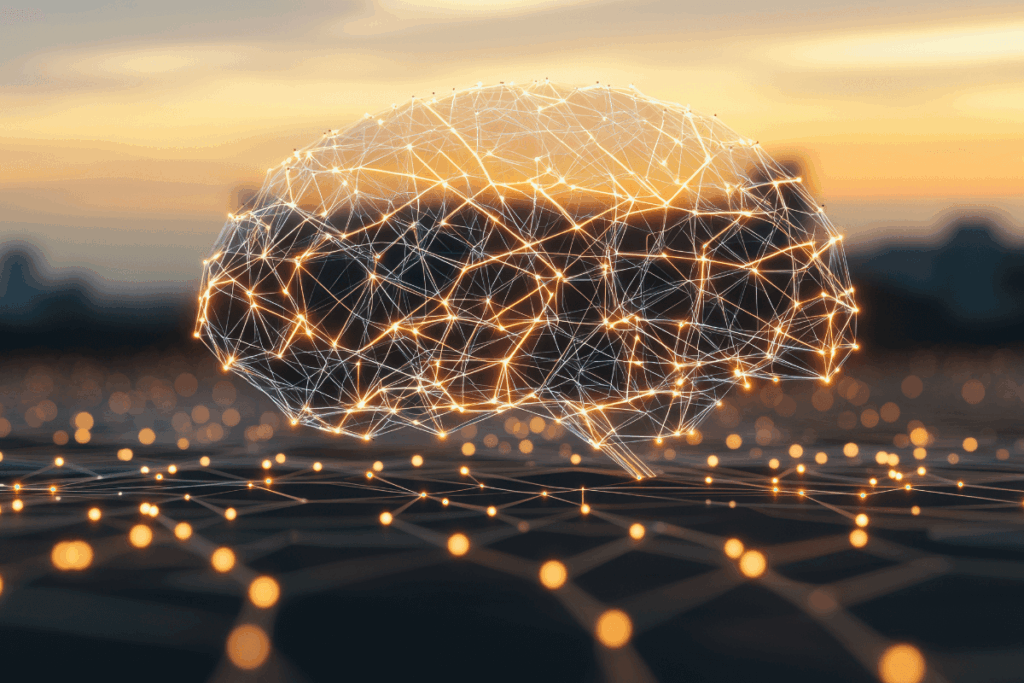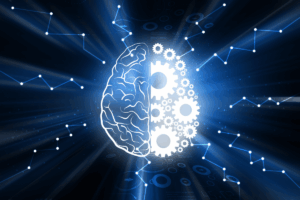
Brain structure and network topology change constantly throughout the human lifespan to structure cognition, behavior, and health. Previous studies have shown evidence that structural characteristics like hub organization, rich club architecture, and small-worldness can be observed early in life before being modified during childhood, adulthood, and aging. Prior studies typically focused on an age-restricted range of ages or individual measures.
This has restricted our knowledge of whether structural brain networks undergo discrete stages of development and aging, and whether certain ages serve as transition points to major topological changes. To fill this gap, the current research mapped structural connectivity topology between 0 and 90 years using nonlinear manifold learning. The researchers set out to examine age-related connectivity trajectories, evaluate core topological features including integration, segregation, and centrality, identify key shifts in network organization via UMAP embeddings, and establish lifespan epochs reflecting shared developmental changes.
Diffusion MRI data from nine datasets spanning ages 0–90 years were harmonized, fiber tracked, and parcellated with the AAL90 atlas. The last control group comprised N=3802 participants, of which n=1994 were females, and n=1808 were males. Structural connectivity matrices were generated with the help of generalized q sampling imaging and deterministic tractography. These matrices were harmonized by using ComBat and thresholded to 10% density to ensure consistency in graph theoretic metrics across all participants. The computed measures included global efficiency, characteristic path length, small worldness, modularity, clustering coefficient, local efficiency, betweenness centrality, and subgraph centrality.
Graph metrics predicted by age were also incorporated into 968 projections of UMAP manifolds to seem to capture nonlinear lifespan relationships. Turning points were found at ages where there was a shift in the manifold dimensions of the trajectories. It was these turning points that defined lifespan epochs. Pearson correlations and LASSO regression were applied to select the strongest age predictors in each of the epochs. Principal component analysis was then applied to characterize the organizational features associated with each turning point.
There were evident non-linear changes in structural connectivity through the lifespan. The connectivity density was maximum at birth and near the ages of 30 and lowest at the age of 10 and above 80, with the age effect of F = 219.20 and p < 2.00 × 10−16 as the main effect. The strength of the node was nearly linear between childhood and late adulthood. The measures of integration varied with age, with global efficiency reaching its maximum at 29 years and then decreasing, whereas characteristic path length and small worldness exhibited the reverse.
Segregation metrics also changed with age; the lowest and highest modularity were 31 and 90 years, and the clustering coefficient was increasing during childhood and early adulthood. The trends of centrality were varied: betweenness centrality was found to be at its lowest at the age of 31 years, but subgraph centrality rose steadily as a person grew older.
UMAP results revealed four turning points with ages of nine years, 32 years, 66 years, and 83 years, making five lifespan epochs. Educational stage 1, from zero to nine years, depicted less integration and more local segregation. The general trend between nine and thirty-two years was that the integration was rising, and the segregation was shifting, with small worldness prevalent. There was a decreasing integration and rising segregation in epoch three from 32 to 66 years.
In multi-phase epochs with major turning points across the lifespan, structural brain topology is altered. The largest change is observed at 32 years old when integration starts to decrease once it reaches its maximum value, which is in line with established maturation patterns of the white matter. Nine years mark a turning point, which marks major neurodevelopmental and cognitive changes and early pubertal influences. Segregation and a greater importance of modular reorganization are observed after 66 years as a manifestation of the deteriorating white matter integrity and the rising health risks. The correlation between topology and age after 83 years is a lot weaker. These findings indicate that the human connectome evolves across discrete developmental and aging phases, which are determined by key topological milestones that reflect underlying biological and cognitive milestones.
Reference: Mousley A, Bethlehem RAI, Yeh FC, et al. Topological turning points across the human lifespan. Nat Commun. 2025;16:10055. doi:10.1038/s41467-025-65974-8













